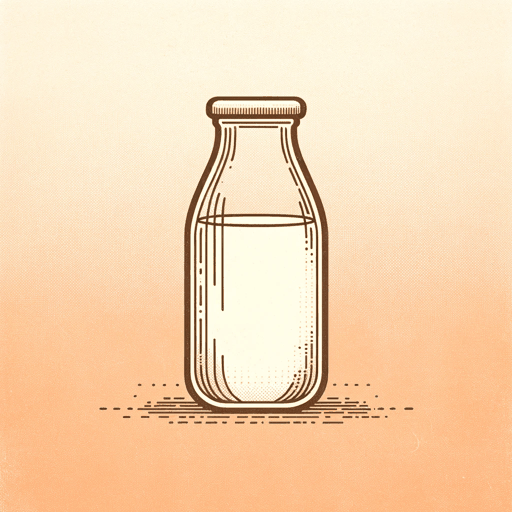49 pages • 1 hour read
Chris van TullekenUltra-Processed People: The Science Behind Food That Isn't Food
Nonfiction | Book | Adult | Published in 2023A modern alternative to SparkNotes and CliffsNotes, SuperSummary offers high-quality Study Guides with detailed chapter summaries and analysis of major themes, characters, and more.
Part 5Chapter Summaries & Analyses
Part 5: “What the Hell Am I Supposed to Do Then?”
Part 5, Chapter 18 Summary: “UPF Is Designed to Be Overconsumed”
Van Tulleken summarizes the negative effects of UPF on both the human body and society and the reasons why these harms occur. These include the softness and dryness of UPF, which encourages overconsumption and makes the food that is consumed more calorie dense. Relatedly, UPF displaces whole and nutritious food from diets and replaces it with nutrient poor food, which, as van Tulleken says, “may also contribute to excess consumption” as consumers, seeking missing nutrients, eat more food (271). In addition, emulsifiers, preservatives, modified starches, and other additives cause damage to the microbiome and cause diseases of inflammation. On top of this, additives and artificial flavors interfere with our body’s natural satiation signals, leading us to consume more. Finally, the production methods and industry required to make UPF “drive environmental destruction, carbon emissions and plastic pollution” (272).
Van Tulleken asks whether the food industry itself, as some have proposed, could solve some of these problems. His assessment is that it cannot, for two reasons. First, many of the products produced by UPF companies have already been “reformulated” to mitigate perceived negative effects for over 40 years (272). For example, in response to concerns that UPF is high in fat, UPF companies have reformulated low-fat versions of their products.

